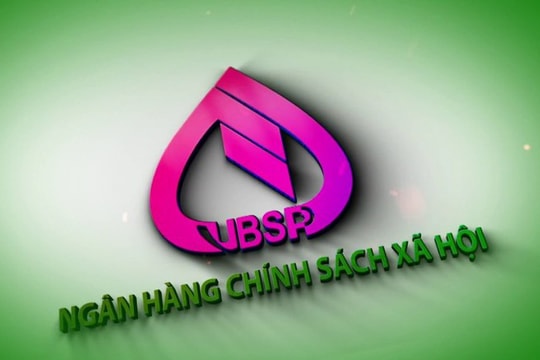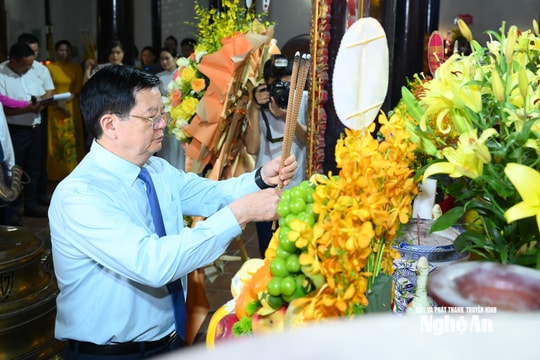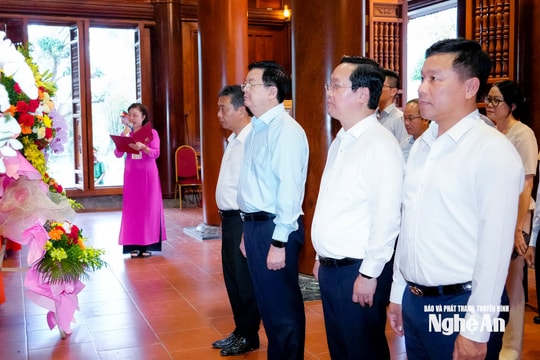Permanent Deputy Prime Minister launched the 2019 Traffic Safety Year
On the morning of January 4, in Hanoi, the National Traffic Safety Committee and the Hanoi People's Committee held the launching ceremony of the Traffic Safety Year 2019.
|
| Deputy Prime Minister Truong Hoa Binh speaks at the ceremony. Photo: VGP/Le Son |
Attending the launching ceremony were Politburo member, Permanent Deputy Prime Minister Truong Hoa Binh, Chairman of the National Traffic Safety Committee; Minister of Transport Nguyen Van The; Chairman of the Hanoi People's Committee Nguyen Duc Chung; leaders of central ministries, branches and specialized forces to ensure traffic order and safety.
Speaking at the launching ceremony, Permanent Deputy Prime Minister Truong Hoa Binh emphasized: We affirm our determination and strong commitment to achieving the set goals, especially successfully completing the tasks of the 2019 Traffic Safety Year theme, which is "Traffic safety for passengers and motorcyclists".
In that spirit, the First Deputy Prime Minister requested the National Traffic Safety Committee, ministries, branches, organizations and People's Committees of provinces and centrally run cities to thoroughly grasp and resolutely implement the following key groups of tasks:
Firstly, continue to effectively implement Directive No. 18-CT/TW dated September 4, 2012 of the Party Central Committee Secretariat on strengthening the Party's leadership in ensuring order and safety of road, railway and inland waterway traffic; Resolution No. 88/NQ-CP dated August 24, 2011 of the Government on strengthening the implementation of key solutions to ensure order and safety of traffic and Directives of the Prime Minister on ensuring order and safety of traffic.
|
| Photo: VGP/Le Son |
Second, perfect the legal system and policies on ensuring traffic safety and order, preventing traffic congestion; integrate traffic safety goals and reduce traffic congestion into strategic projects, national, provincial and city planning, and investment projects that create great traffic and transportation needs.
Third, continue to build a traffic culture for the whole society by effectively promoting propaganda, dissemination and education of laws on traffic safety and urban order; persistently build a safe and environmentally friendly traffic culture for all classes of people.
Fourth, improve the effectiveness and efficiency of state management in ensuring traffic safety, focusing on: Improving the capacity and effectiveness of patrol forces, controlling and handling violations; training, testing and granting driver and crew licenses; vehicle inspection; aviation safety and security; and management of planning and construction order.
Fifth, speed up the progress and improve the quality of investment in construction and upgrading of key traffic infrastructure systems in conjunction with maintenance, ensuring traffic safety and effectively exploiting existing infrastructure works; improve the effectiveness of protecting the safety corridors of road, railway and inland waterway traffic.
Sixth, promote restructuring of the transport service system to improve capacity, quality and reduce prices to attract passengers and goods to use railway, inland waterway, maritime and air transport; speed up investment and development of public transport systems in urban areas, provincial and inter-provincial areas.
Seventh, promote the application of information technology and achievements of the fourth industrial revolution in traffic management, operation, organization, guidance for traffic participants as well as support for patrolling, controlling, and handling of violations of laws on traffic order and safety.
|
| Photo: VGP/Le Son |
Eighth, synchronously implement solutions to limit the use of personal motor vehicles, strictly control technical safety and environmental protection conditions of motor vehicles, especially in central urban areas, and encourage people to use public transport.
Ninth, strictly manage construction activities to ensure investment, new construction or adjustment and arrangement of industrial parks, urban areas, commercial centers, schools, hospitals... in urban areas in accordance with the capacity of traffic infrastructure and public transport.
“I emphasize two key areas that need to be strengthened in terms of propaganda and mobilization, combined with strict handling of violations, which are violations of alcohol concentration when driving and not wearing helmets when riding motorbikes, electric bicycles, and electric bicycles. These are the two main causes of traffic accidents and increase the rate of casualties during peak seasons, holidays, and Tet. I request that you do not show any mercy or indulgence because of Tet. You need to stop, check, and impose fines to prevent accidents and casualties from happening. That is the most meaningful Tet gift for the people,” the First Deputy Prime Minister emphasized.

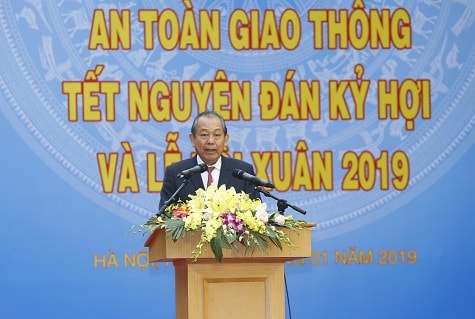
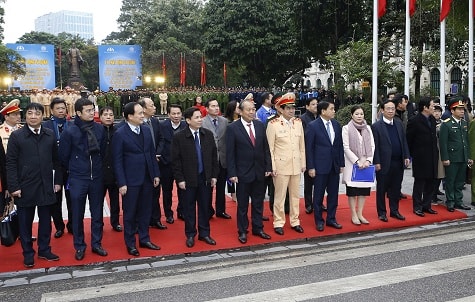
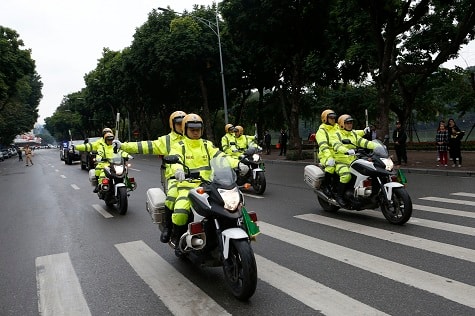
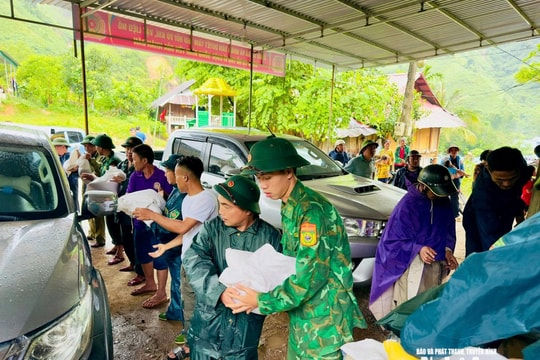
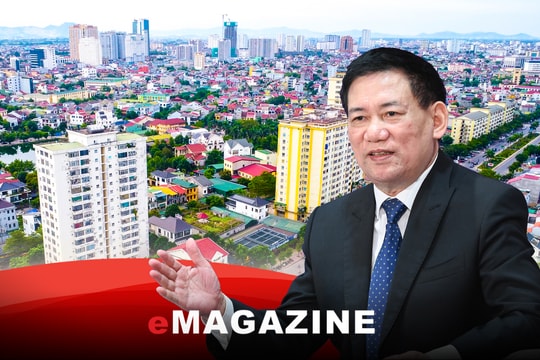
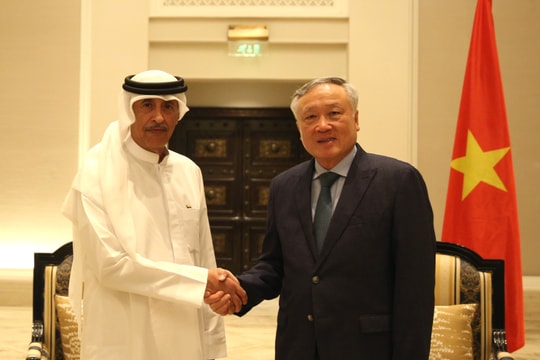
.jpg)
